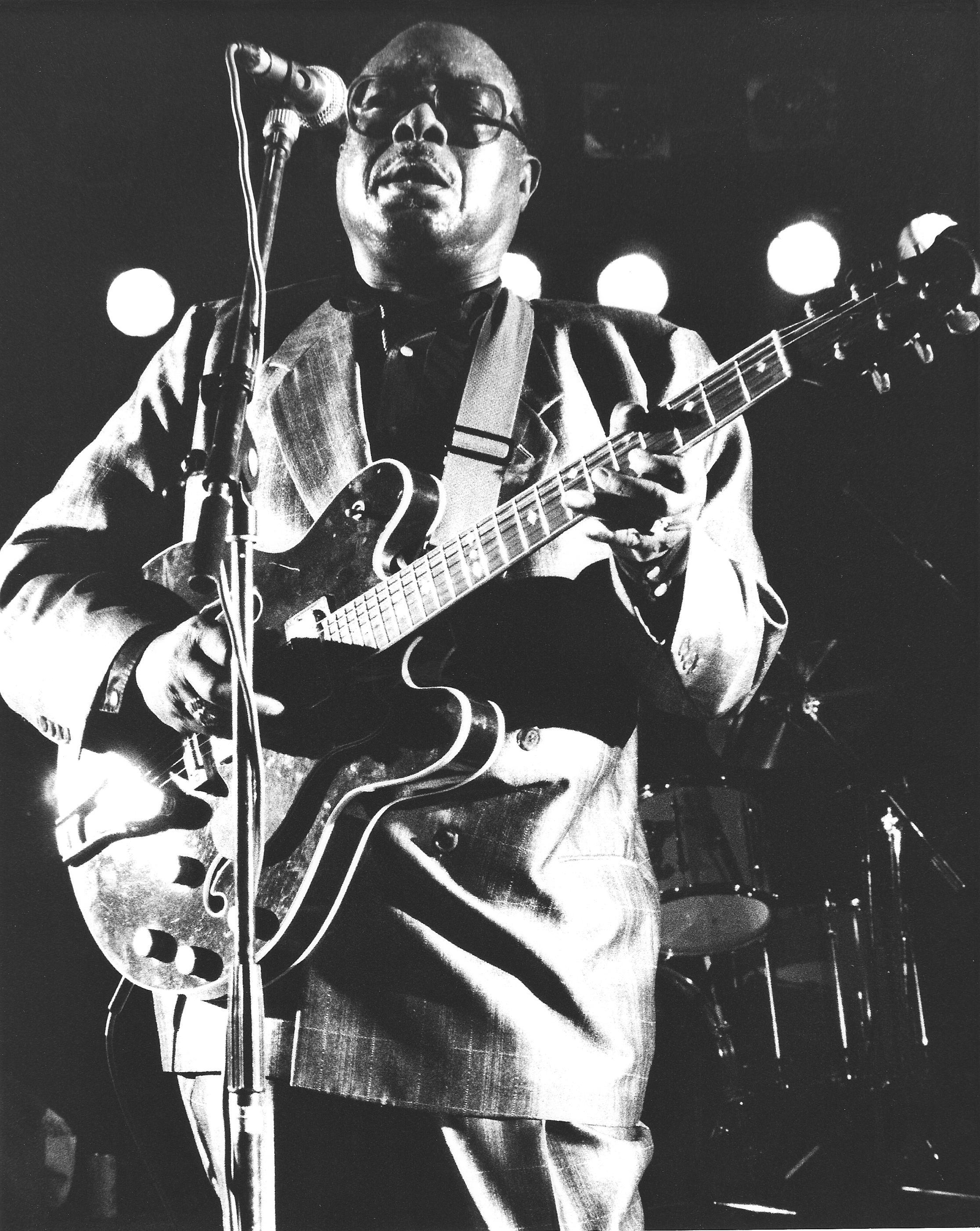Jimmy Rogers, born James A. Lane on June 3, 1924, in Ruleville, Mississippi, was an American blues guitarist, singer, and songwriter who played a crucial role in shaping the Chicago blues sound. A key member of Muddy Waters’ legendary band, Rogers’ smooth guitar playing and soulful voice influenced generations of blues and rock musicians.
Early Life and Musical Beginnings
Although born in Mississippi, Rogers grew up in Atlanta, Georgia, and later moved to Memphis, Tennessee. He was drawn to music at an early age and began learning to play the harmonica before picking up the guitar. By his teenage years, he was performing in local juke joints and honing his skills alongside blues musicians such as Robert Lockwood Jr. and Little Walter.
Move to Chicago and Collaboration with Muddy Waters
In the early 1940s, Rogers moved to Chicago, a city that was quickly becoming the epicenter of the blues. There, he met and began playing with musicians like Big Bill Broonzy and Sonny Boy Williamson. However, his big break came in the late 1940s when he joined Muddy Waters’ band, alongside harmonica virtuoso Little Walter and pianist Otis Spann.
Rogers’ guitar work became an essential part of Waters’ electrified blues sound, helping to define the Chicago blues style. During his time with Waters, he contributed to seminal recordings like Rollin’ and Tumblin’, I’m Your Hoochie Coochie Man, and I Just Want to Make Love to You.
Solo Career and Hit Songs
While playing with Muddy Waters, Rogers also pursued a solo career. In 1950, he recorded his first major hit, That’s All Right, for Chess Records. The song became one of the defining Chicago blues tracks of the era. Other successful singles followed, including Ludella and Walking by Myself, the latter featuring Little Walter’s iconic harmonica playing.
Despite his success, Rogers left Waters’ band in the mid-1950s to focus on his solo career. However, he struggled to maintain his momentum as changing musical trends and the rise of rock and roll overshadowed traditional blues artists.
Hiatus and Comeback
By the 1960s, Rogers had largely stepped away from the music industry, working as a cab driver and running a clothing store in Chicago. However, the blues revival of the late 1960s and 1970s rekindled interest in his work. Encouraged by the renewed appreciation for classic blues, he returned to performing and recording in the late 1970s.
His comeback included albums such as Gold Tailed Bird (1972), which featured contributions from notable musicians like Eric Clapton and the Rolling Stones’ Keith Richards. Rogers’ music continued to attract a new generation of fans, and he toured extensively in the U.S. and Europe.
Legacy and Death
Jimmy Rogers remained active in the blues scene until his death on December 19, 1997. His contributions to the Chicago blues style, particularly his work with Muddy Waters, left an enduring legacy. Artists such as Eric Clapton, the Rolling Stones, and Fleetwood Mac have cited Rogers as a major influence on their music.
His son, Jimmy D. Lane, has continued his musical legacy, performing and recording blues music in a style reminiscent of his father’s. Today, Rogers is remembered as one of the most influential figures in electric blues, a musician whose smooth guitar licks and heartfelt vocals helped shape the sound of modern blues and rock.
Conclusion
Jimmy Rogers’ impact on blues music is undeniable. As a guitarist, singer, and songwriter, he played a pivotal role in the rise of Chicago blues. His timeless recordings and collaborations with blues legends ensure that his music remains an essential part of the blues tradition, inspiring musicians and fans around the world.


Comments are closed